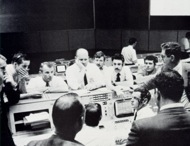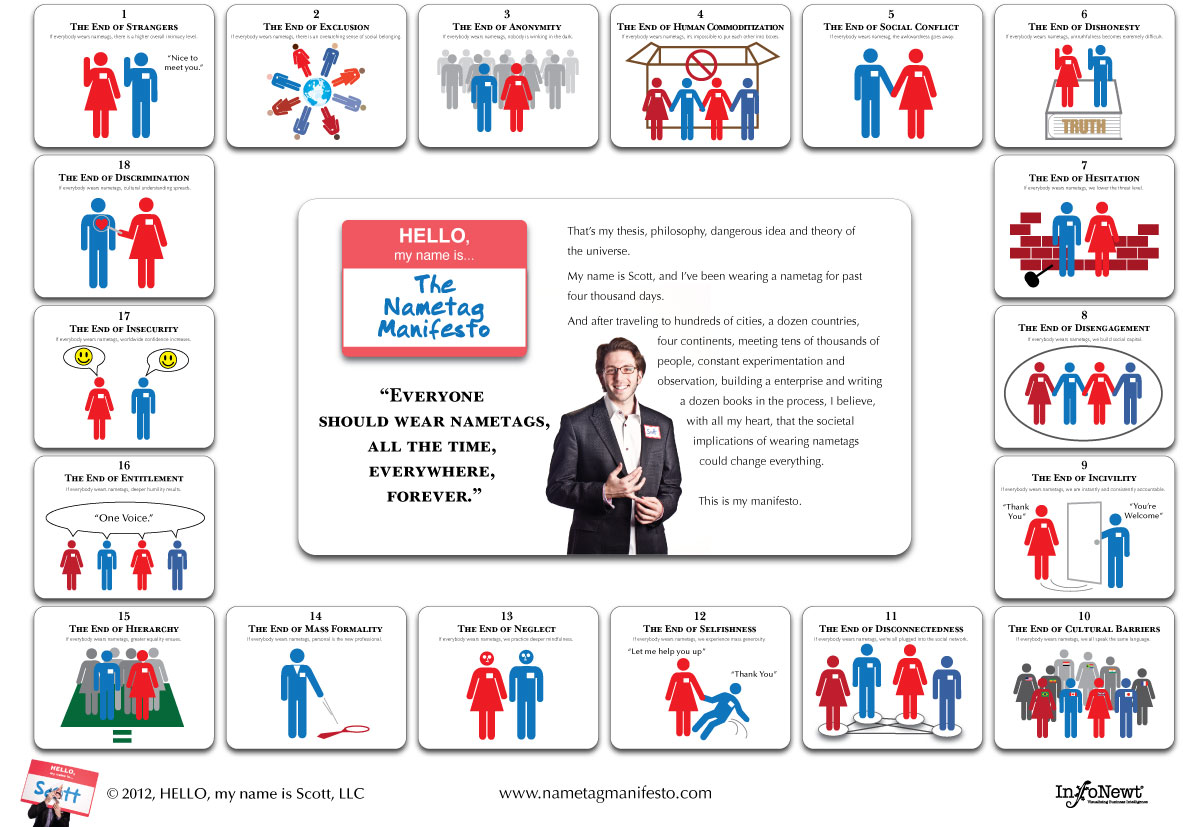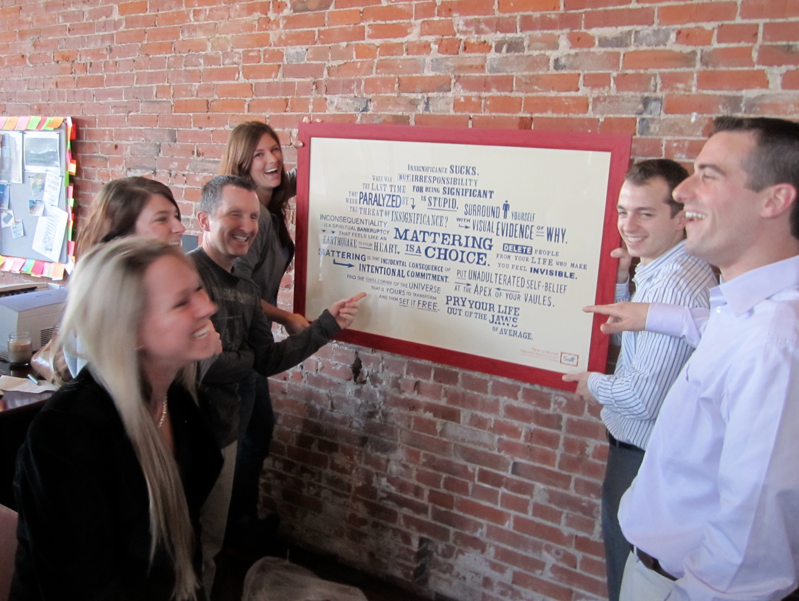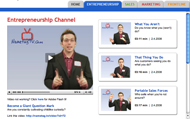 Your problem is never your problem.
Your problem is never your problem.
There’s always something bigger, deeper and more important.
THE CHALLENGE IS: If you never identify what that is, then you’ll really have a problem.
Today we’re going to explore a collection of these common problems, along with the bigger issues that accompany them:1. Age isn’t the problem, attitude is. It doesn’t matter how old the dog is. If the new trick matters to your customers, you still have to learn it. Why are you so afraid to date yourself anyway? Age isn’t a disability. Tell people how old you are and get on with your life. Are you suffering from old age or old thinking?
2. Position isn’t the problem, passion is. You don’t need a title on the outside – you need a burning fire on the inside. That’s what makes you followable. That’s what makes people come from miles to watch you burn. Because your passion infects them with a vision of the future. Do you need a job title or more wood?
3. Discipline isn’t the problem, dedication is. Commitment deletes distraction. If you want to achieve your goal, try this: Write a list of a hundred reasons why you do what you do. Read it to yourself every morning. And I guarantee you’ll never have another discipline problem again. What values are your actions aligned with?
4. Proficiency isn’t the problem, permission is. Don’t be stopped by not knowing how. How is overrated. How is a dream destroyer. Besides, failure doesn’t come from poor planning, but from the timidity to proceed. Allow yourself to not know and just go. Will you kick your addiction to permission?
5. Recession isn’t the problem, resourcefulness is. Accept what is. Leverage your downtime. Keep support flowing. Stir the pot. Befriend the current. Use every crisis. Foster a pervasive tone of gratitude. Double your dosage of daily inspiration. And keep pulling your triggers for joy. Will you persevere through the low?
6. Productivity isn’t the problem, priority is. There’s always enough time for what matters to you. Just ask anybody with kids. The secret is, you can’t find the time. You can’t even make the time. You have to steal it. From anywhere and everywhere. Like a time management ninja. How can you turn waiting into working?
7. Capacity isn’t the problem, complexity is. When economy is on life support, the secret isn’t necessarily pumping in new, different resources to your company. Instead, it’s about new thinking and creative approaches to what you’re already doing. In which areas of your business can you create the most leverage?
8. Promotion isn’t the problem, positioning is. What you do to the product isn’t as important as what happens in the mind of the prospect. The cool part is, every time somebody hears about you is one less time you have to spend money making people hear from you. Whose headspace do you occupy?
9. Service isn’t the problem, saturation is. I don’t want a bag. I don’t want a receipt. I don’t want to fill out an online survey for the chance to win a thousand dollars. And I don’t want to sign up for your useless rewards program so you can spam me forever. Just hand over the latte and nobody gets hurt. Are you serving or overserving?
10. Discovery isn’t the problem, documentation is. The best way to keep track of all the ideas in your head is to get them out of your head, onto paper and into a system that works for you. Otherwise your ideas will stay as ideas. Because if you don’t write it down, it never happened. Is everything you know written down somewhere?
11. Loyalty isn’t the problem, love is. When people fall out of love with your brand, you lose. To make loving you easy, you need to be a welcome oasis. A place of refuge, a place of belonging and a place of connection. Out heart the competition. If your customers could give your company a hug, would they open their arms?
12. Innovation isn’t the problem, invisibility is. The upside to exposure is everything. And the greatest barrier to business success isn’t stupidity – it’s anonymity. That’s what I tell my clients: No matter what product you sell, you don’t need a marketing plan – they need a visibility plan. How are you making people aware of you?
REMEMBER: Most problems are other problems.
Keep your eye on the big picture.
LET ME ASK YA THIS…
Is your problem really your problem?
LET ME SUGGEST THIS…
For the list called, “50 Questions Every Entrepreneur Should Ask,” send an email to me, and you win the list for free!
* * * *
Scott Ginsberg
That Guy with the Nametag
Author, Speaker, Publisher, Artist, Mentor
[email protected]
Now booking for 2011-2012!
Watch The Nametag Guy in action here!


 You’ve chosen an uncertain path.
You’ve chosen an uncertain path.
 My job is to help companies make their mission more than a statement, using limited edition social artifacts.
My job is to help companies make their mission more than a statement, using limited edition social artifacts. “Acts of friendliness in moments of anonymity.”
“Acts of friendliness in moments of anonymity.” When the economy sucks, everyone is trying to save money.
When the economy sucks, everyone is trying to save money. Most of the things we’re afraid of, aren’t.
Most of the things we’re afraid of, aren’t. I wear a nametag twenty-four seven.
I wear a nametag twenty-four seven.
 I never went to the career fair.
I never went to the career fair.
 “Acts of friendliness in moments of anonymity.”
“Acts of friendliness in moments of anonymity.” I never had a real job.
I never had a real job.